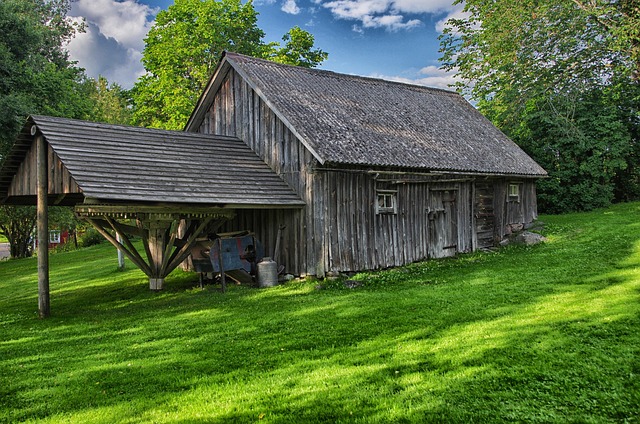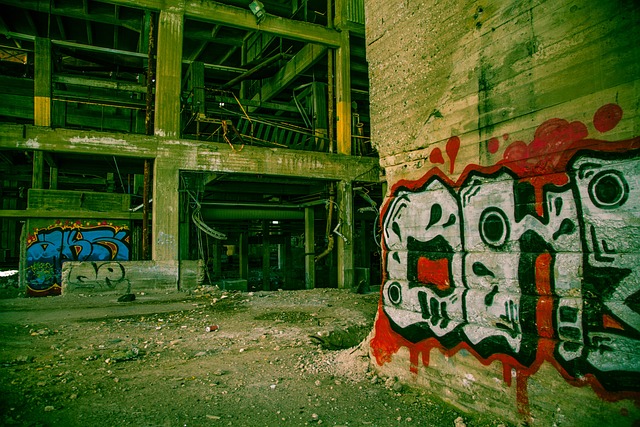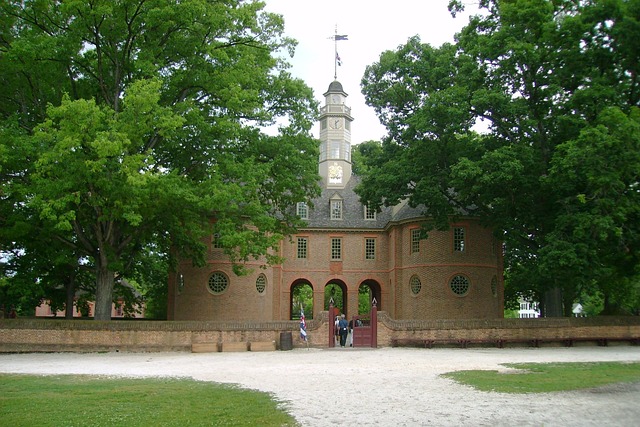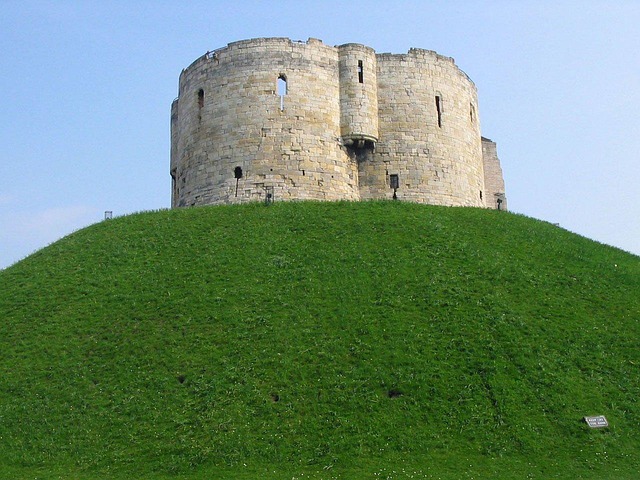The real estate industry is embracing eco-friendly design, driven by sustainability concerns. Buildings incorporate energy-efficient features, natural lighting, and insulation to reduce electricity consumption. Developers integrate green spaces with community gardens and rooftop orchards into urban landscapes. As demand for sustainable housing grows, real estate plays a crucial role in shaping a greener future, demonstrating that eco-friendly design is not just a trend but a necessary step towards environmental health.
In today’s digital era, there’s a growing demand for healthy and resource-conscious living spaces. As awareness of environmental impact increases, so does the popularity of sustainable design in real estate. This article explores three key aspects: eco-friendly design trends in real estate, the rising popularity of sustainable living spaces, and the future focus on resource efficiency in homes. Discover how these innovations are not just beneficial for the planet but also enhance the quality of life for residents.
Embracing Eco-Friendly Design in Real Estate

The real estate industry is undergoing a quiet revolution as consumers and developers alike embrace eco-friendly design principles. This shift isn’t just about aesthetics; it’s driven by a growing awareness of environmental sustainability and resource conservation. Eco-conscious buildings incorporate features like energy-efficient appliances, natural lighting, and insulation to reduce electricity consumption.
Moreover, developers are increasingly integrating green spaces into urban landscapes, promoting healthy living with community gardens and rooftop orchards. These practices not only enhance air quality but also foster a deeper connection with nature in densely populated areas. As the demand for sustainable housing continues to rise, real estate becomes an important player in shaping a greener future, proving that eco-friendly design isn’t just a trend but a necessary step towards a healthier planet.
Sustainable Living Spaces: A Growing Trend
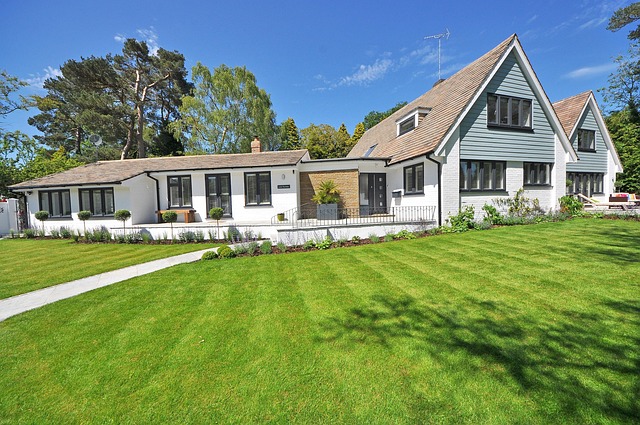
In today’s world, where environmental concerns are at the forefront, there’s a growing trend towards sustainable living spaces in real estate. This shift isn’t just about aesthetics; it’s a conscious effort to create homes that minimize ecological footprints. Designers and builders are incorporating eco-friendly materials, energy-efficient systems, and innovative waste management strategies into new constructions and renovations.
This movement is reshaping the landscape of real estate, with many buyers actively seeking properties that align with their values. From solar panels and green roofs to smart home technologies that optimize energy use, sustainable living spaces offer a harmonious blend of comfort, efficiency, and environmental stewardship. As awareness continues to grow, we can expect this trend to drive further innovation in the industry, making resource-conscious living the norm rather than the exception.
Resource Efficiency: The Future of Homes
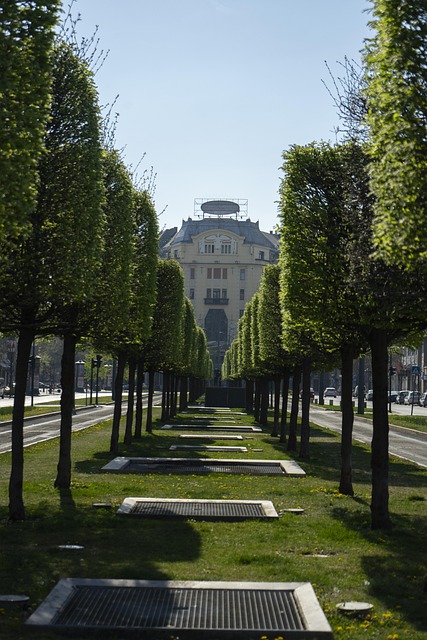
Resource efficiency is becoming a cornerstone in the design and construction of modern homes, reflecting a shift towards more sustainable living spaces. In today’s digital era, real estate developers and homeowners are recognizing the importance of creating homes that not only cater to our needs but also minimize environmental impact. This involves adopting innovative technologies and practices that reduce energy consumption, water usage, and waste generation.
By integrating smart home systems, energy-efficient appliances, and sustainable building materials, future homes will be more resource-conscious. These measures not only contribute to a greener planet but also offer long-term financial benefits for residents. In the world of real estate, this trend signifies a move towards a more responsible and efficient approach to living, ensuring that our homes become an integral part of a sustainable future.
